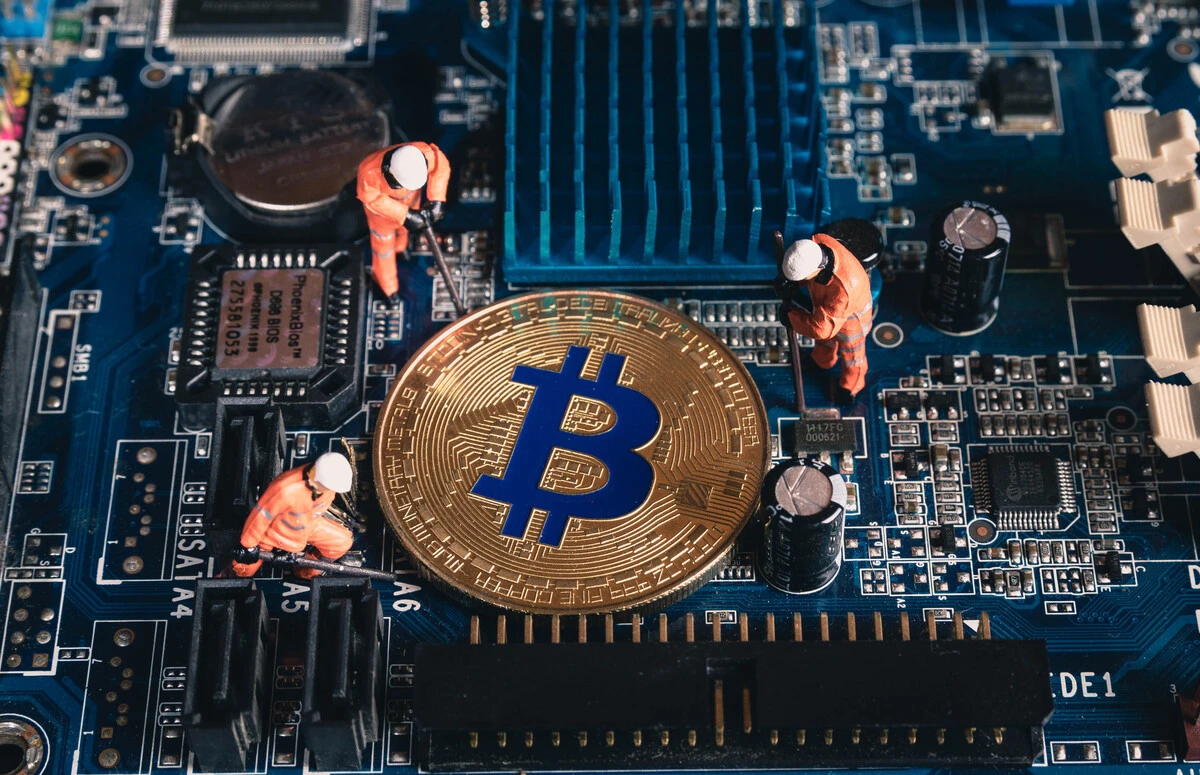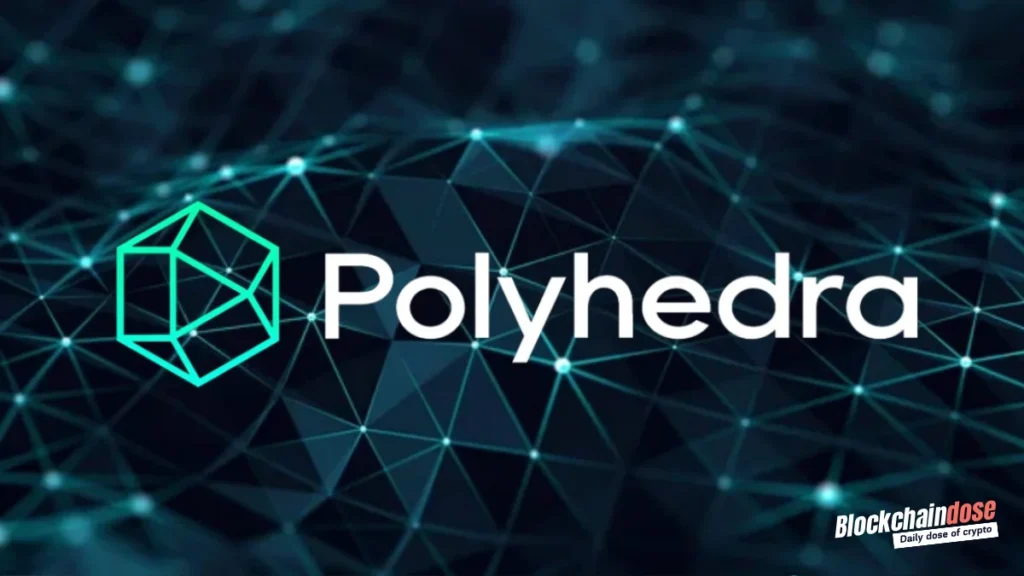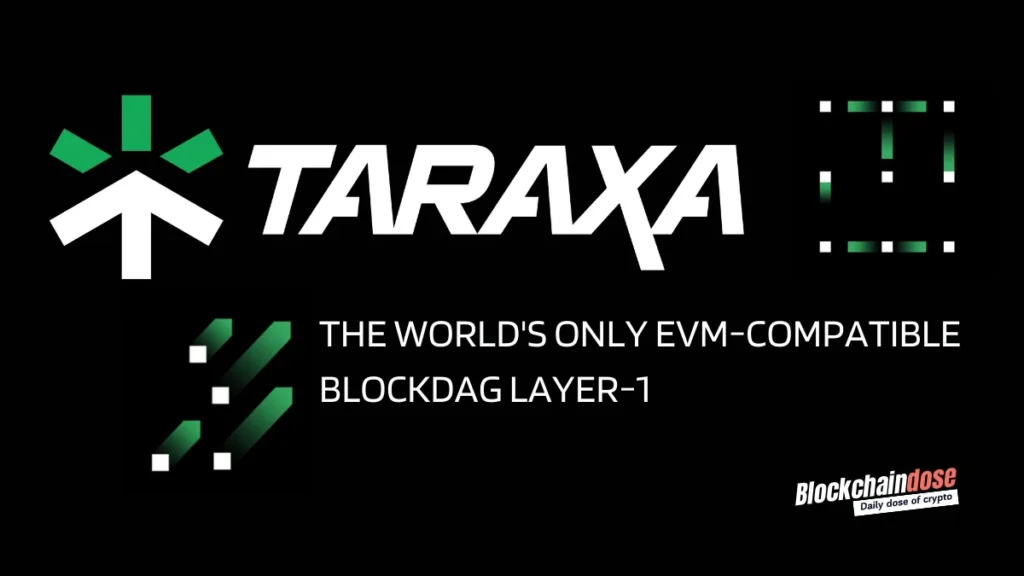Cryptocurrency mining is how new coins enter circulation in proof of work consensus. It involves solving complex puzzles to validate transactions on a blockchain, and miners get rewarded with crypto for doing the work. It’s the backbone of networks like Bitcoin and Ethereum.
Think of mining as digital bookkeeping, except the reward isn’t a pat on the back — it’s crypto in your wallet. You plug in your machine, it races to solve a math problem, and if it wins, you get paid. Simple on paper. Brutal in reality.
How Does Mining Work?
Mining is one big guessing game. Your computer tries to crack a code. If it gets it right first, boom — you earn crypto and write the next block on the blockchain. Think of it like a digital lottery. Every miner is holding a ticket printer that never stops. The more power you’ve got, the more tickets you print. More tickets? Better odds.
The “code” isn’t a riddle or puzzle. It’s a super long number, and your machine keeps throwing guesses until one lands. It’s like trying to guess a lock combination… blindfolded… while millions of others are trying too. Winner takes all. Everyone else? Better
Why Do People Mine Crypto?
They do it for money. Simple. Mine a coin, sell it, stake it, or save it. If the price goes up, your wallet smiles. If not, at least your GPU got a workout. It’s like digital gold mining. But instead of swinging a pickaxe, you’re pushing electrons through a high-end graphics card. You’re not digging in dirt — you’re digging through math.
Some folks treat it like a side hustle. Others go all in, stacking rigs in garages and watching the heat melt their electric bill. For them, it’s business. Profitable business — if the math works. Then you’ve got the die-hards. They don’t just mine for cash — they do it to keep crypto decentralized. They believe in the tech, the freedom, and the idea that no single person should control the money.
But let’s be honest — nobody mines crypto for fun. You’re here for gains. Maybe to support the network too. But if your machine’s not winning the race? You’re just heating your house with expensive noise.
Types of Cryptocurrency Mining
There are three ways to mine: go solo, join a crew, or pay someone else to do the heavy lifting. Each one has its perks — and pitfalls.
Solo Mining
All or nothing. You run your own rig, chase the block reward, and keep 100% of the profits… if you win.
But here’s the catch — you’re up against mining farms with warehouse-sized setups. Unless you’ve got serious firepower, your chances are slim. Think David vs. 10,000 Goliaths.
Mining Pools
Teamwork makes the payout work. You link up with other miners, share your computing power, and split the rewards.
You won’t hit the jackpot alone, but you’ll get smaller, steady payouts — kind of like clocking in for shifts on a digital assembly line.
Cloud Mining
Let someone else do the grinding. You rent mining equipment through a service and hope it pays off.
Sounds easy, right? But most cloud mining deals are shady, overpriced, or flat-out scams.
You’re trusting strangers with your money — in crypto. That should raise a few red flags.
Is Mining Still Profitable in 2025?
Yes — but only if you’ve got cheap power, solid gear, and you’re mining something worth your time. If not, you’re basically burning money.
Gone are the days of mining Bitcoin from your laptop and making bank. This isn’t 2013. Today’s mining scene is a heavyweight fight — big rigs, big costs, and razor-thin margins.
Hardware? Expensive.
Rewards? Halved.
Electricity? Through the roof.
If you’re not tracking every cent, you’re toast.
Profit now depends on math, not luck. You need to know your hash rate, power usage, and what coins actually pay off. A lot of small miners are switching to altcoins or mining as a hobby. Others just give up.
But if you treat it like a business? Run efficient gear, watch the markets, and manage your costs? Then yeah — it can still pay.
Just don’t expect to get rich overnight.
Top Coins to Mine in 2025
Bitcoin, Ethereum Classic, Kaspa, Monero, and Ravencoin are the top coins to mine in 2025. Each has different equipment needs and payout models.
- Bitcoin (BTC) – King of mining, but only worth it with ASICs and cheap power.
- Kaspa (KAS) – Fast block times, GPU-friendly, gaining traction.
- Ethereum Classic (ETC) – Uses older ETH mining hardware.
- Ironfish (IRON) – Ironfish is a privacy L1 blockchain – able to mine by GPUs
- Monero (XMR) – the most know CPU mineable coin, privacy-focused.
- Ravencoin (RVN) – GPU mineable and still relevant.
Benefits of Mining
You earn crypto, support the network, and get full control over your assets. It’s one of the few ways to earn without buying.
- Decentralization – Miners keep the network honest.
- Ownership – You’re not relying on exchanges.
- Passive Income (kind of) – Set it up right, and it can pay out for months.
Risks of Mining
It’s expensive, power-hungry, and tough to scale. Plus, markets crash, equipment breaks, and profits vanish fast.
- Upfront Costs – Good mining rigs / ASICs can run $2,000+.
- Electricity Bills – They’ll bite into your earnings.
- Regulatory Risk – Some countries ban mining altogether.
Final Thought
Crypto mining’s not wizardry. It’s a numbers game — pure and simple. Hardware, power costs, coin choice — get those right, and you’ve got a shot. But make no mistake: guessing your way through it won’t work. Mining rewards the prepared, not the lucky. You need a plan, a budget, and a rig that doesn’t sound like a jet engine on fire.
Play it smart, and you’re not just paying an electric bill — you’re building a wallet. But play it wrong? You’re just heating your room with expensive tech.
FAQs
Yes, but only if you plan smart. Start small, use efficient gear, and don’t chase hype. Most beginner miners lose money by going too big too fast.
Get a secondhand GPU. Join a mining pool. Track your electricity costs like a hawk. Treat it like a small business, not a get-rich-quick scheme.
A basic setup can cost around $1,000–$2,500. This includes a good GPU, power supply, and cooling. Bigger setups cost more.
Technically, yes — but it’s not worth it. Most laptops don’t have the power and will overheat fast. You’ll waste energy and get tiny rewards.
Yes, but only if your power is cheap, your gear is efficient, and you mine the right coins. Otherwise, you might lose money.




